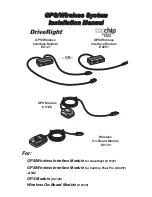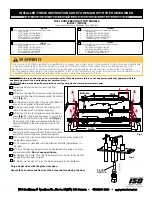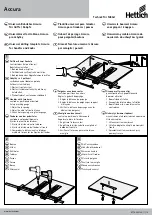
AN-MPU-x000A-01
Document Number: AN-MPU-x000A-01
Page 8 of 14
Revision: 1.1
Date: 06/12 /2015
Figure 6. Avoid Connectors Directly Behind the Board
Additional considerations to avoid MEMS damage in component placement:
Avoid any source of external point load directly below or above the MEMS device as this can cause MEMS
breakage (Note: Device is qualified to withstand up to 10Kgee shock)
Avoid shock or impact in manufacturing flow or phone assembly process
4.2.
THERMAL REQUIREMENTS
The internal measurement of the MEMS sensor is dependent on temperature. For InvenSense MPU devices, software based
temperature compensation is available, however, variations in device temperature may cause changes in sensor accuracy and
should be avoided. Care should be taken for placement of the MPU relative to heat sources, which may include processors, power
management circuitry, or high current devices. The temperature gradient across the MPU should be minimized for best results.
4.3.
EXPOSED PAD REQUIREMENTS
PCB land patterns are defined within the Product Specification document, and should be followed closely. The center Exposed Pad
(EP), for MPU devices is a No Connect (NC) pad. To avoid package stress, do not solder the EP to the PCB. The EP is not required for
heat sinking, and should not be soldered to the PCB. There is no electrical connection between the EP and the CMOS.
It is also strongly recommended to define a keep out layer beneath the MPU, and not place any trace, fill, or via on the top layer
under the exposed pad, described in figure 7.
Figure 7. Exposed Pad (E-PAD) Requirements
Except for the EP, a solder mask opening is required for all pin footprints. All pins should be soldered to the board to reduce uneven
assembly stress, and the solder paste stencil should not have an opening for the exposed pad to prevent stress and pitch
misalignment.
































